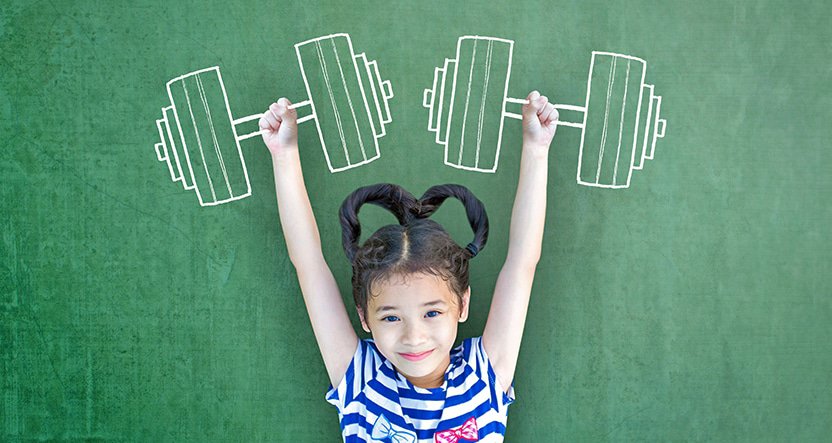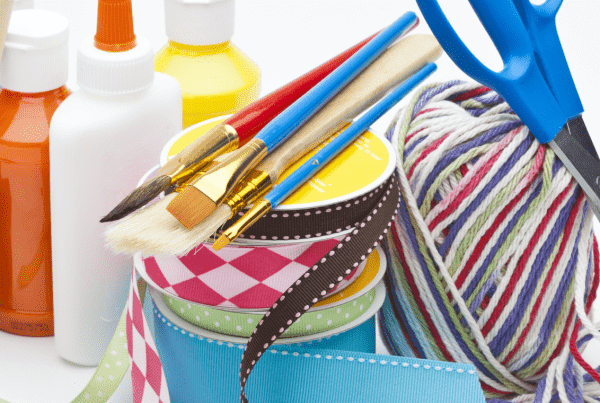The Raising Children network defines self-esteem as feeling good about yourself. They explain that self-esteem helps children try new things, take healthy risks and solve problems. It gives them a solid foundation for their learning and development. So what is self-confidence and how does it relate to the classroom?
They state that self-confidence is the belief that you’ll be successful. Confidence is related to self-esteem and resilience. They say that children need a strong relationship with parents to feel confident. In addition, they explain that parents can help their children build confidence by focusing on the effort at school, more than achievement.
What confidence in the classroom means
It is easy to identify confidence in the classroom. Children who are self-confident are children who display an age-appropriate level of independence and self-help skills. They can use the classroom cues a teacher provides to manage their day, seeking out help as required, along the way. Having confidence in the classroom allows children to practice resilience and to feel safe when bouncing back from disappointment, frustration, mistakes and setbacks without looking to blame others or avoiding future challenges. This ability to self-regulate emotions and to understand the impact that one’s behaviour has on another is strongly linked to a healthy self-confidence. Asserting one’s rights, negotiating, solving problems and seeking help when needed is an essential part of operating within a classroom community.
A child with self-confidence takes risks and seeks out challenges in the classroom. They are not afraid of failure. They are able, with the teacher’s help, to set goals and work toward achieving them. Celebrating other children’s success is easy for a child with self-confidence. They are optimistic and excited about sharing their success.
Self-confidence means that feedback is received as feedback, rather than criticism. Children experience much lower levels of worry and anxiety within the classroom setting when they are taught that feedback is not failure. This is linked to mindset.
Children operating predominantly in a growth mindset, understand the link between success and effort rather than fixed or natural intelligence, according to Carol Dweck (2006) in Mindset: The New Psychology of Success. Alarmingly, a child’s belief about intelligence can have a profound impact on the level of motivation and effort they display, along with their overall achievement. Self-confident children understand that effort equals success. And, with assistance, they can recognise and move from a fixed mindset to a growth mindset. The ability to mostly work within a growth mindset, is one of the most significant hallmarks for achievement, security and happiness in the classroom.
How confidence in the classroom can help your child later in life
Confidence in the classroom has many positive flow-on effects for children throughout their lives. Self-confidence is linked to emotional intelligence. Having an awareness and positive outlook towards one’s own emotions leads to heightened wellbeing. It also leads to healthier relationships throughout our lives.
Performance, growth, and reaching one’s potential are all linked to self-confidence. This is because confidence motivates us to grow and succeed. In turn, feelings of success lead to further success.
Anxiety is reduced when we are self-confident because we can manage negative feelings. Through this, confidence builds resilience. The ability to weather life’s storms and bounce back is paramount to a life well-lived.
Ways to help your child gain confidence in the classroom
Through providing a safe and secure home environment, you are already allowing your child to flourish. Hoffman, Cooper and Powell in Raising a Secure Child (2017) state that ‘when children feel safe and secure, their curiosity automatically kicks in and they want to learn about the world’.
Helping children shift from a negative to positive focus, after a setback, allows them to move from a pessimistic viewpoint and helps them to practice optimism. This reframing of negative thinking and self-talk is a lifelong skill for success. Assisting children to feel ok about failure and teaching them to view failure as their path to success, helps them to feel ok about it. Normalise feelings of disappointment and frustration, rather than saving children from these feelings. Talk them through it and suggest ways to move forward. Allow them to feel challenged and pressured by ‘hard’ feelings. Notice their courage when they work through these feelings.
Model failure, persistence and resilience in your everyday life at home. Encourage self-help skills and independence. Then, increase the expectations of these as children develop and grow.
Help your child to focus on their competence and potential. Do this rather than comparing them (or allowing them to compare themselves) with others.
Work with the classroom teacher and share any concerns about a lack of self-confidence in your child, early on.
Overall, the most effective way to help instil confidence in the classroom is to avoid praising intelligence and natural ability. Praise effort and the need for practice instead. Make a habit of regularly giving your child feedback.
Carol Dweck (2006) in Mindset: The New Psychology of Success points out that praising children’s intelligence harms their motivation, and it harms their performance. When children are praised for their intelligence rather than their effort, the minute they hit a setback, their confidence falters, and their motivation ceases, causing them to shift to a fixed mindset. What are the best gifts a parent can give? Carol recommends you “teach your children to love challenges, be intrigued by mistakes, enjoy effort, and keep on learning. This avoids children being the slave of praise and equips them with a lifelong way to build and repair their own confidence.”
STORY BY Amanda Bannister, Birony Davis and Katrina Rugendyke, Year 5 Teachers at The Cathedral School of St Anne and St James, Townsville.






